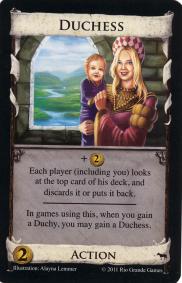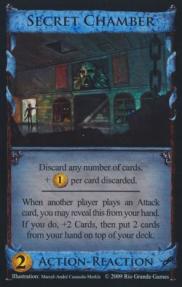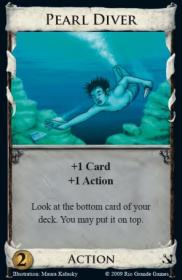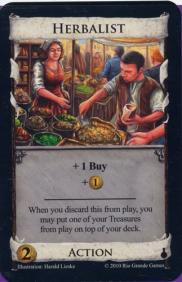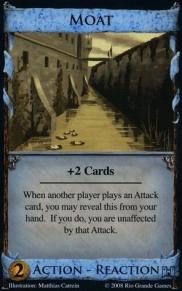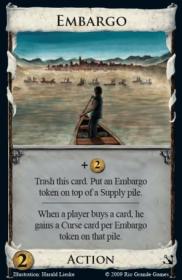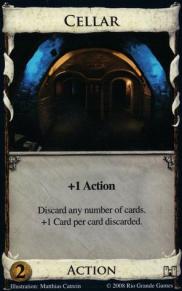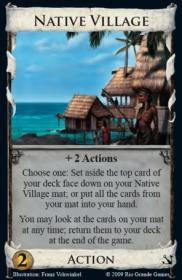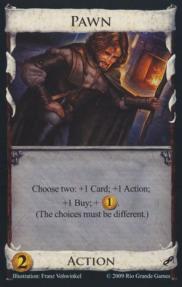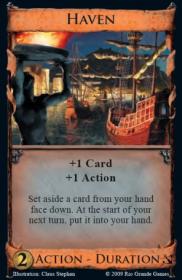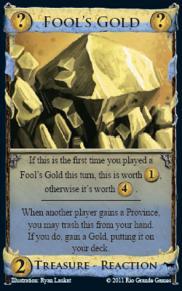126
Dominion General Discussion / The Dominion Cards Lists 2012 Ed.2: Introduction and meta-discussion
« on: June 18, 2012, 05:56:56 pm »
Half a year passed, a lot of new knowledge gained and many requests came from all of you, that means it's time for version 2.0 of the Dominion Card List(s).
Here's a link to the last one: http://forum.dominionstrategy.com/index.php?topic=1134.0
What do you have to do?
If you like to contribute, send me a PM for one or the other list (or both) or fill in the respective online form.
Please be sure that you put each card in order and don't miss any.
Cards are only counted if they are kingdom cards, so no Copper, Silver, Gold, Platinum, Potion, Estate, Duchy, Province, Colony, Curse and Prize Cards are allowed.
If you've submitted the last time, I will not take your last submission into account, but of course you can just tell me you want to re-submit your list
And if you didn't save your last submission and you need it, feel free to PM me and I will send it to you.
1.) The best cards of each price level
Best Cards
Just arrange the cards for your ranking with the best card going first and the worst on the last position.
If you want PM me, this list should be subdivided into several lists, containing:
16 $2 cards, 26 $3 cards, 43 $4 cards, 48 $5 cards, 14 >$6 cards, 10 Potion cards = 157
Usual disclaimer: This list should cause discussion not hassle. Of course it's difficult to compare some of the cards because pretty much every card has some situations where it shines and situations where it doesn't. This isn't a scientific list, just a compiled list of the community's opinion of the best cards.
Card List:
2.) The favourite cards
Favourite Cards (ordered version)
Favourite Cards (rating version)
You can rank the cards, based on whatever you like: strength/weakness, originality in design, fun and "no-fun" factor, whatever.
As very few voted last time because ordering 157 cards can be very painful, I included a second option to rate the cards. I used the finest rating which was available (0-10) but you can also use 0-5 or 10-5 as long as the highest value means that you like it more. You can also send me a PM with a rating from 0-20 or any scale you like. Or just arrange the cards for your ranking with the favourite card going first and the least favourite on the last position. No matter what version you choose, all 157 cards need to be in the list.
What else?
Submission deadline is the 30th of June 11:59pm UTC.
Each card will get points based on the rank. So your favourite card gets 157 points and your least favourite gets 1 point. This will result in a compiled list of all of your lists.
Then I will post the rankings in 10-15 card blocks from worst to best to raise the tension.
I will also add some statistic data like "Saboteur #11, highest rank #1 (2 times), lowest rank #98, standard deviation: 10.23" and this time also the comparism to the last voting.
And I will also update the comments to each card if necessary.
So I hope we can get even more submissions this time after so many of you contributed in December. I can't wait to get your submissions.
Edit: Deadline change and re-submission
Results:
$2 cards
$3 cards (Part 1)
$3 cards (Part 2)
$4 cards (Part 1)
$4 cards (Part 2)
$4 cards (Part 3)
$5 cards (Part 1)
$5 cards (Part 2)
$5 cards (Part 3)
$5 cards (Part 4)
$6+ cards
Potion cost cards
Favourite cards
Here's a link to the last one: http://forum.dominionstrategy.com/index.php?topic=1134.0
What do you have to do?
If you like to contribute, send me a PM for one or the other list (or both) or fill in the respective online form.
Please be sure that you put each card in order and don't miss any.
Cards are only counted if they are kingdom cards, so no Copper, Silver, Gold, Platinum, Potion, Estate, Duchy, Province, Colony, Curse and Prize Cards are allowed.
If you've submitted the last time, I will not take your last submission into account, but of course you can just tell me you want to re-submit your list
And if you didn't save your last submission and you need it, feel free to PM me and I will send it to you.
1.) The best cards of each price level
Best Cards
Just arrange the cards for your ranking with the best card going first and the worst on the last position.
If you want PM me, this list should be subdivided into several lists, containing:
16 $2 cards, 26 $3 cards, 43 $4 cards, 48 $5 cards, 14 >$6 cards, 10 Potion cards = 157
Usual disclaimer: This list should cause discussion not hassle. Of course it's difficult to compare some of the cards because pretty much every card has some situations where it shines and situations where it doesn't. This isn't a scientific list, just a compiled list of the community's opinion of the best cards.
Card List:
Code: [Select]
16 $2 cards
Cellar
Chapel
Moat
Courtyard
Pawn
Secret Chamber
Embargo
Haven
Lighthouse
Native Village
Pearl Diver
Herbalist
Hamlet
Crossroads
Duchess
Fool's Gold
26 $3 cards
Chancellor
Village
Woodcutter
Workshop
Great Hall
Masquerade
Shanty Town
Steward
Swindler
Wishing Well
Ambassador
Fishing Village
Lookout
Smugglers
Warehouse
Loan
Trade Route
Watchtower
Fortune Teller
Menagerie
Develop
Oasis
Oracle
Scheme
Tunnel
Black Market
43 $4 cards
Bureaucrat
Feast
Gardens
Militia
Moneylender
Remodel
Smithy
Spy
Thief
Throne Room
Baron
Bridge
Conspirator
Coppersmith
Ironworks
Mining Village
Scout
Caravan
Cutpurse
Island
Navigator
Pirate Ship
Salvager
Sea Hag
Treasure Map
Bishop
Monument
Quarry
Talisman
Worker's Village
Farming Village
Horse Traders
Remake
Tournament
Young Witch
Jack of all Trades
Noble Brigand
Nomad Camp
Silk Road
Spice Merchant
Trader
Envoy
Walled Village
48 $5 cards
Council Room
Festival
Laboratory
Library
Market
Mine
Witch
Duke
Minion
Saboteur
Torturer
Trading Post
Tribute
Upgrade
Bazaar
Explorer
Ghost Ship
Merchant Ship
Outpost
Tactician
Treasury
Wharf
Apprentice
City
Contraband
Counting House
Mint
Mountebank
Rabble
Royal Seal
Vault
Venture
Harvest
Horn of Plenty
Hunting Party
Jester
Cache
Cartographer
Embassy
Haggler
Highway
Ill-Gotten Gains
Inn
Mandarin
Margrave
Stables
Governor
Stash
14 >$6 cards
Adventurer
Harem
Nobles
Goons
Grand Market
Hoard
Fairgrounds
Border Village
Farmland
Bank
Expand
Forge
King's Court
Peddler
10 Potion cards
Transmute
Vineyard
Apothecary
Scrying Pool
University
Alchemist
Familiar
Philosopher's Stone
Golem
Possession
2.) The favourite cards
Favourite Cards (ordered version)
Favourite Cards (rating version)
You can rank the cards, based on whatever you like: strength/weakness, originality in design, fun and "no-fun" factor, whatever.
As very few voted last time because ordering 157 cards can be very painful, I included a second option to rate the cards. I used the finest rating which was available (0-10) but you can also use 0-5 or 10-5 as long as the highest value means that you like it more. You can also send me a PM with a rating from 0-20 or any scale you like. Or just arrange the cards for your ranking with the favourite card going first and the least favourite on the last position. No matter what version you choose, all 157 cards need to be in the list.
What else?
Submission deadline is the 30th of June 11:59pm UTC.
Each card will get points based on the rank. So your favourite card gets 157 points and your least favourite gets 1 point. This will result in a compiled list of all of your lists.
Then I will post the rankings in 10-15 card blocks from worst to best to raise the tension.
I will also add some statistic data like "Saboteur #11, highest rank #1 (2 times), lowest rank #98, standard deviation: 10.23" and this time also the comparism to the last voting.
And I will also update the comments to each card if necessary.
So I hope we can get even more submissions this time after so many of you contributed in December. I can't wait to get your submissions.
Edit: Deadline change and re-submission
Results:
$2 cards
$3 cards (Part 1)
$3 cards (Part 2)
$4 cards (Part 1)
$4 cards (Part 2)
$4 cards (Part 3)
$5 cards (Part 1)
$5 cards (Part 2)
$5 cards (Part 3)
$5 cards (Part 4)
$6+ cards
Potion cost cards
Favourite cards

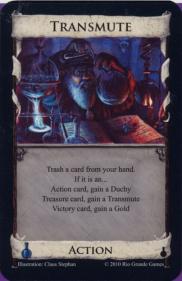
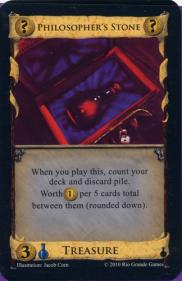
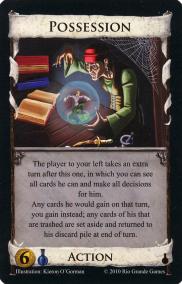

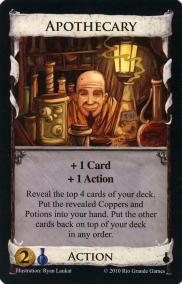
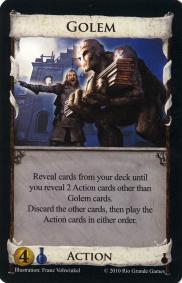

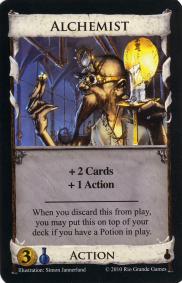
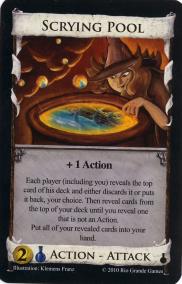
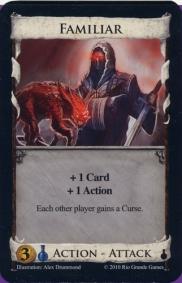
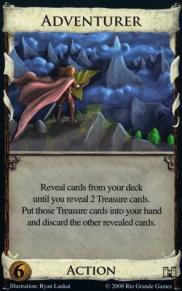
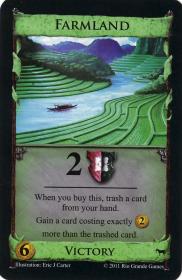
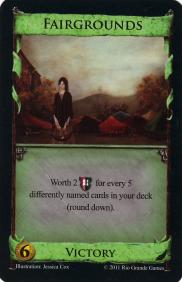
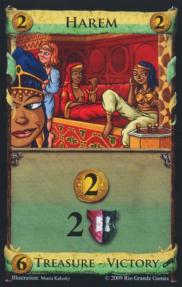

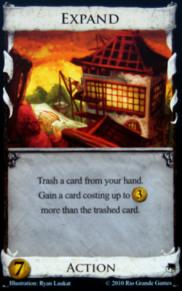
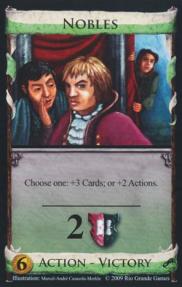

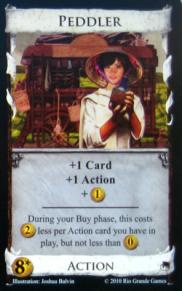
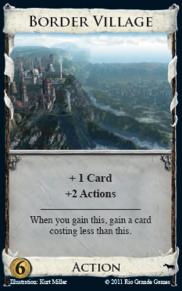
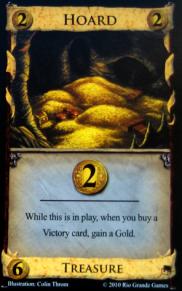
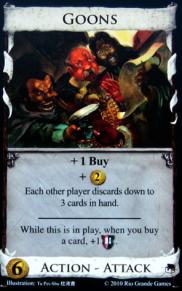
 )
)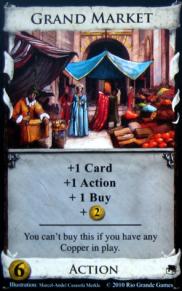
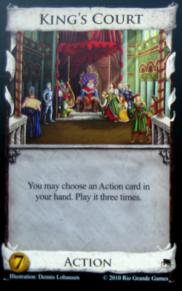
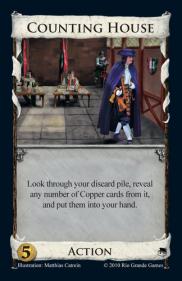


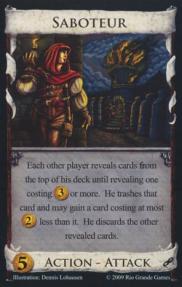

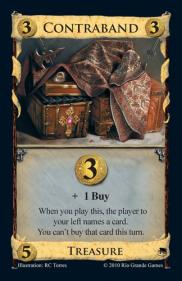
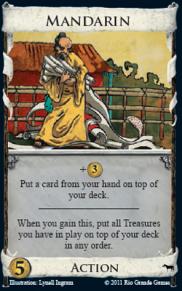

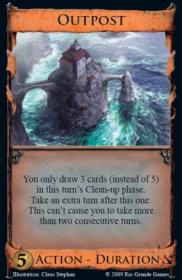

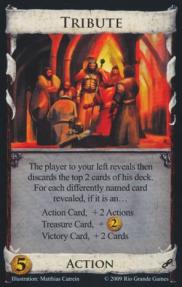
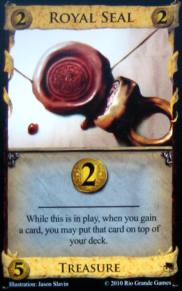



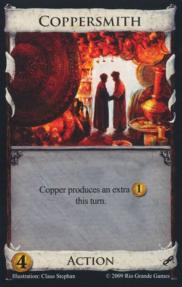
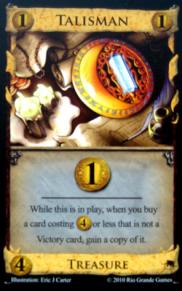
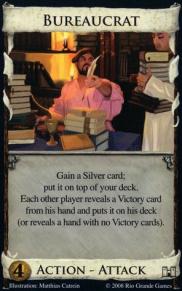
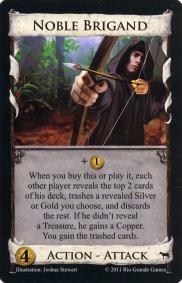

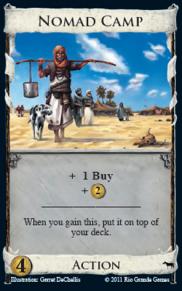
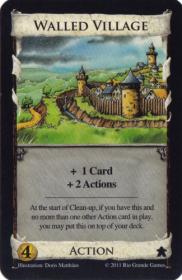
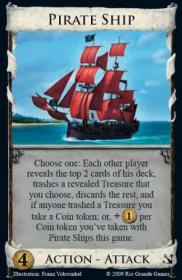

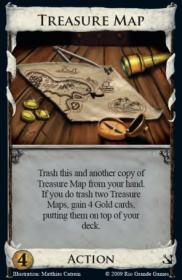

 I think I have to split my post. But first I answer your posts.
I think I have to split my post. But first I answer your posts.

